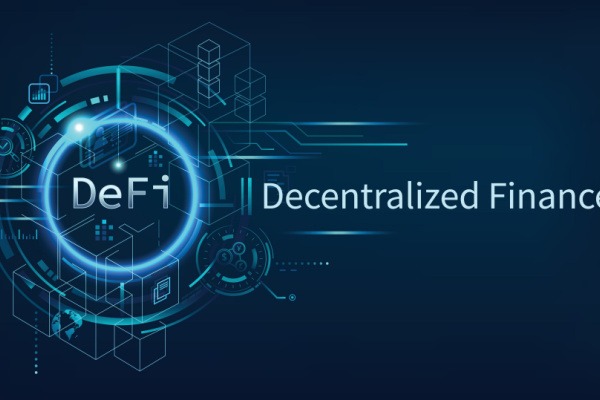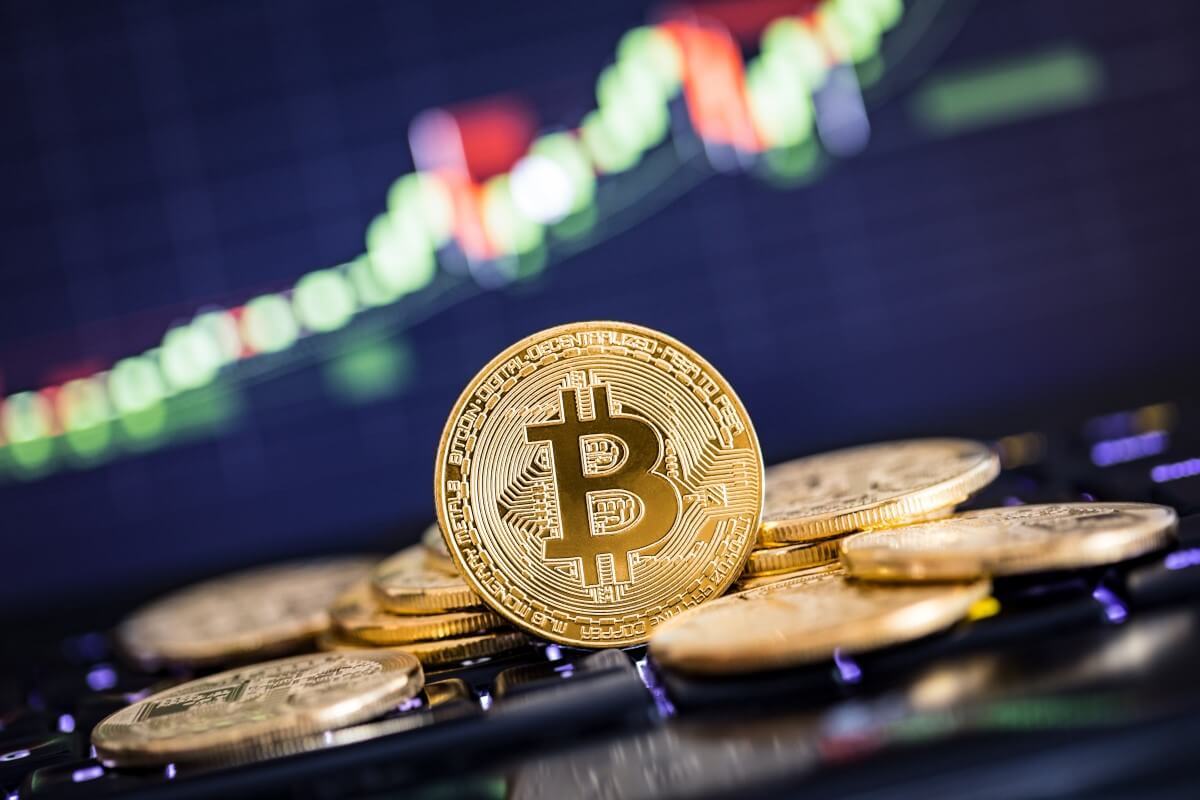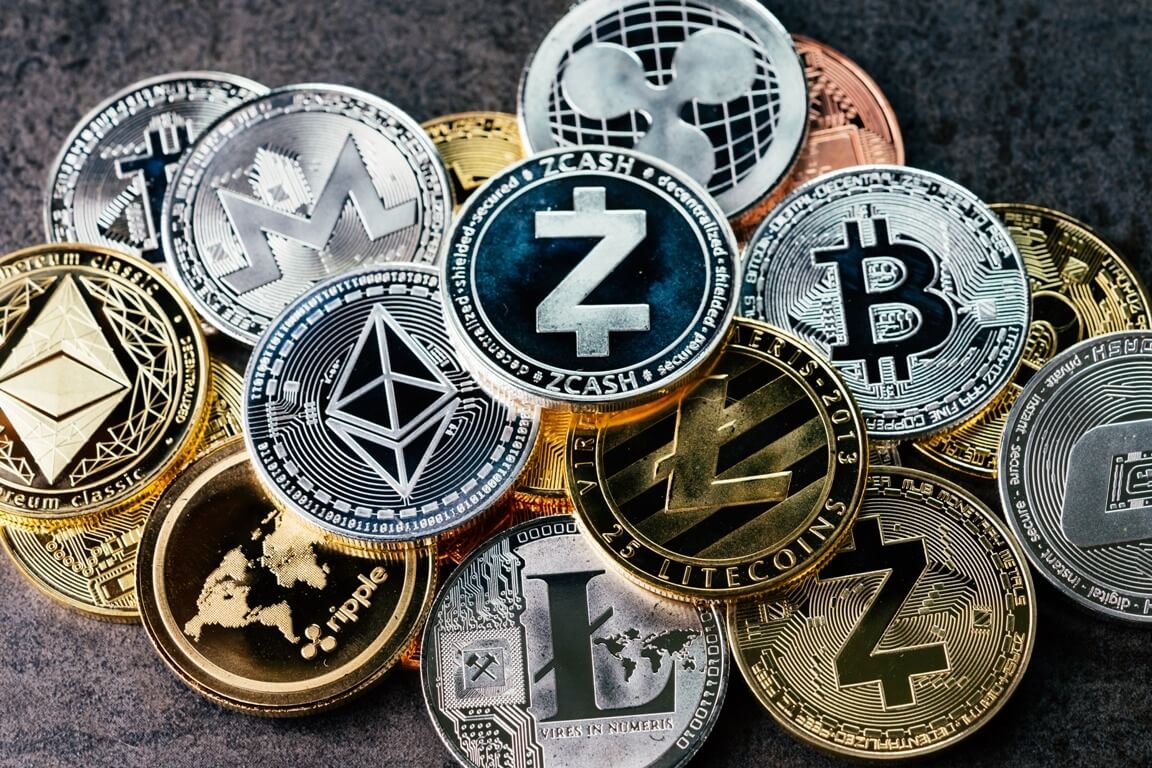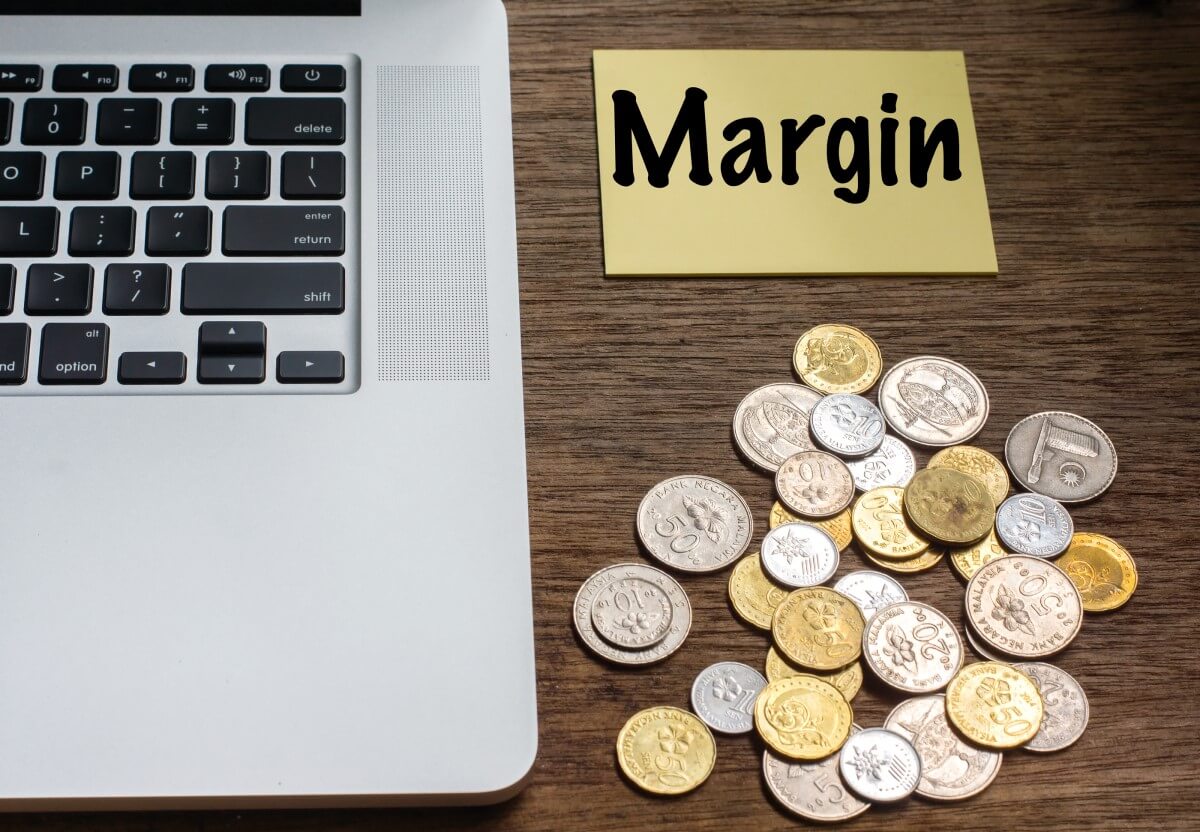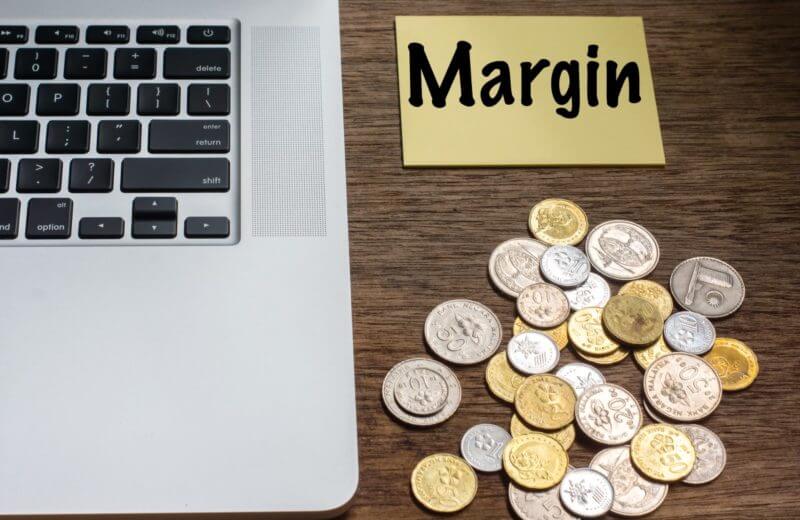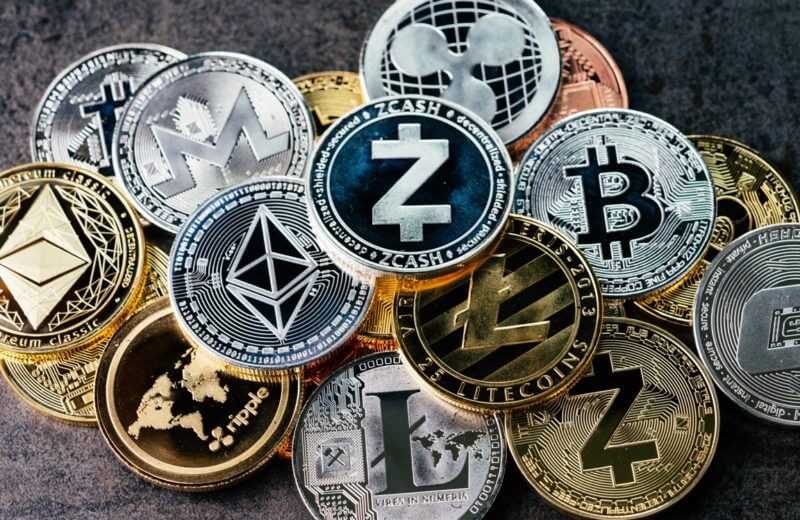Decentralised Finance, often abbreviated as DeFi, represents a revolutionary financial technology that leverages secure distributed ledgers similar to those underpinning cryptocurrencies.
Unlike traditional finance, which relies heavily on centralised financial institutions and intermediaries, DeFi operates on a peer-to-peer platform, allowing direct individual transactions.
DeFi replaces traditional intermediaries with software by utilising blockchain-based smart contracts, thus fostering a more open and accessible financial system.
Key Features of DeFi
The defining characteristics of DeFi include its peer-to-peer nature, eliminating intermediaries, and using blockchain technology. Peer-to-peer platforms enable users to interact directly, fostering greater autonomy and reducing the costs associated with intermediary services.
Moreover, replacing intermediaries with software increases efficiency and transparency, as transactions are recorded on public ledgers. Blockchain-based smart contracts automate and enforce the terms of agreements, ensuring that transactions are secure and reliable without requiring a central authority.
Differences from Traditional Finance
To fully appreciate the impact of DeFi, it is essential to understand how it diverges from traditional finance.
Traditional Finance
Traditional finance is characterised by centralised financial institutions, such as banks and brokerages, which act as transaction intermediaries. These institutions are necessary to facilitate and secure financial activities, ensuring that parties fulfil their obligations. Additionally, traditional finance is heavily regulated by entities like the Federal Reserve and the Securities and Exchange Commission (SEC), which aim to maintain market stability and protect consumers.
DeFi
In contrast, DeFi operates without intermediaries, allowing for direct individual trading. This decentralisation reduces costs and increases transaction speed. Moreover, DeFi is subject to less regulation, which can be both an advantage and a risk. The lack of stringent regulatory oversight enables innovation and accessibility and increases the potential for fraudulent activities and market instability.
Components of the DeFi Ecosystem
The DeFi ecosystem is vast and encompasses various financial instruments and platforms, each contributing to its comprehensive and dynamic nature.
Key components include:
#1. Trading Market
DeFi trading markets facilitate the exchange of cryptocurrencies and other digital assets. These markets operate 24/7, offering high liquidity and enabling users to trade without a central exchange.
#2. Prediction Markets
Prediction markets allow users to speculate on the outcomes of future events, ranging from sports to elections. By leveraging crowd wisdom, these markets provide insights into the probability of different outcomes.
#3. Options and Derivatives
DeFi platforms offer options and derivatives that allow users to hedge against risks or speculate on the future prices of assets. These financial instruments, which include futures contracts and swaps, are governed by smart contracts; consequently, they ensure transparency and minimize the risk of default.
#4. Lending Platforms
DeFi lending platforms enable users to borrow and lend cryptocurrencies without the need for credit checks or intermediaries. These platforms use smart contracts to manage loans and collateral, offering competitive interest rates and reducing the barriers to accessing financial services.

How Decentralised Finance Operates
DeFi operations fundamentally differ from traditional financial systems, primarily due to their reliance on blockchain technology and decentralised applications (DApps).
Secure and Direct Transactions
In DeFi, transactions are secure and direct, eliminating the need for intermediaries. This peer-to-peer interaction is facilitated by blockchain technology. It ensures that all transactions are recorded on a public ledger. Therefore, the transactions are transparent and immutable.
Use of Blockchain Technology and DApps
DeFi leverages blockchain technology to create a trustless environment where users can transact directly with one another. Decentralized applications (DApps) play a crucial role in this ecosystem by providing the interfaces and functionalities needed to interact with the blockchain. Consequently, they facilitate seamless user engagement with blockchain technology. These open-source applications mean anyone can inspect their code and contribute to their development.
Smart Contracts
Smart contracts are the backbone of DeFi operations. These self-executing contracts automatically enforce the terms of an agreement when predefined conditions are met. Smart contracts reduce costs and increase efficiency by removing the need for intermediaries. Moreover, they enhance security, as transactions are governed by code rather than human discretion.

Blockchains Supporting Smart Contracts
Several blockchains support the execution of smart contracts, each offering unique features and capabilities.
#1. Ethereum
Ethereum is the most prominent blockchain supporting smart contracts. Its robust and flexible platform has become the foundation for many DeFi projects. Ethereum’s widespread adoption and extensive developer community make it a leading choice for decentralised applications.
#2. Polkadot
Polkadot enables interoperability between blockchains, allowing them to share information and collaborate. This cross-chain functionality enhances the capabilities of DeFi applications, making Polkadot a valuable addition to the ecosystem.
#3. Solana
Solana is known for its high throughput and low transaction fees. Furthermore, it is an attractive option for DeFi projects requiring fast and cost-effective transactions. Its scalability ensures the network can handle a high volume of transactions without compromising performance.
#4. Algorand
Algorand offers a secure and scalable platform for DeFi applications. Its unique consensus mechanism, combining proof-of-stake and Byzantine Agreement elements, ensures the network remains secure and efficient.
#5. EOS
EOS provides a user-friendly platform for building decentralised applications. Its focus on scalability and usability makes it a popular choice for developers creating complex DeFi solutions.
#6. Cardano
Cardano aims to provide a secure and sustainable blockchain for smart contracts. Its layered architecture and rigorous academic approach to development make it a promising platform for DeFi projects.
Benefits of Decentralised Finance
DeFi offers numerous benefits, distinguishing it from traditional financial systems and making it an attractive option for individuals and institutions.
Accessibility
One of the most significant advantages of DeFi is its accessibility. Anyone with an internet connection can participate in the DeFi ecosystem, regardless of location or financial status. This inclusivity opens up financial services to unbanked and underbanked populations worldwide.
Low Fees and High-Interest Rates
DeFi platforms typically offer lower fees than traditional financial institutions. Additionally, users can earn higher interest rates on their deposits, making DeFi an appealing option for savers and investors seeking better asset returns.
Security and Transparency
The use of blockchain technology ensures that all transactions are transparent and secure. Smart contracts automate and enforce agreements, reducing the risk of fraud and error. While users’ ideusers’s remain hidden, the details of transactions are publicly accessible, fostering trust in the system.
Autonomy
DeFi provides users with greater control over their financial activities. Individuals can manage their assets independently without intermediaries, making decisions based on their preferences and risk tolerance.
Investment Strategies in Decentralised Finance
There are several strategies investors can employ to maximise their returns in the DeFi space.
HODL (Holding)
The HODL strategy involves buying and holding cryptocurrencies long-term, expecting their value to be appreciated over time. This approach is commonly applied to cryptocurrencies like Ether (ETH) and Polkadot (DOT). While it offers the potential for passive income, there may be better strategies for portfolio growth, as it relies on the assumption that the market will continue to rise.
Borrow and Lend Crypto
DeFi platforms enable users to borrow and lend cryptocurrencies without credit checks. Loans are typically over-collateralised, which means borrowers must provide collateral worth more than the loan amount. Interest rates on DeFi deposits can range from 1% to 5% annually or more. Therefore, this option is lucrative for those looking to earn passive income. The favourable interest rates compared to traditional finance further enhance the appeal of this strategy.

Staking and Yield Farming
Staking
This involves locking up cryptocurrency to support the operations of a blockchain network. In return, users earn rewards in the form of additional cryptocurrency. This strategy is considered safer than yield farming, as it involves lower risks but also offers lower rewards.
Yield Farming
Yield farming or liquidity mining, involves depositing cryptocurrency into liquidity pools to earn interest and other rewards. While it can offer higher returns than staking, it also carries a higher risk, particularly the risk of impermanent loss, where the value of the staked tokens decreases relative to the initially deposited amount.
Decentralised Finance Stocks and Indexes
Index Funds
Investors looking to diversify their portfolios can invest in DeFi-related exchange-traded funds (ETFs). Popular indexes include the DeFi Pulse Index (DPI), MetaVerse Index (MVI), Phuture DeFi Index (PDI), Bankless BED Index (BED), and the ProShares Bitcoin Strategy ETF. These funds provide exposure to a broad range of DeFi projects, reducing the risk associated with individual investments.
Stocks
Another approach is to invest in companies involved in the DeFi, blockchain, metaverse, or NFT sectors. Examples include IBM and Mastercard, actively exploring and investing in blockchain technologies. Investing in these companies can gain indirect exposure to the DeFi ecosystem.
Risk Management Strategies
As with any investment, managing risks effectively when participating in the DeFi space is crucial.
#1. Diversification
Diversifying investments across different platforms and assets can help mitigate risks. By spreading investments, individuals can reduce the impact of any platform’s failure on the overall portfolio.
#2. Due Diligence
Thorough research is essential before investing in any DeFi project. Investors should examine the project’s team, projects and market potential to ensure they make informed decisions.
#3. Start Small
For those new to DeFi, it is advisable to start with modest investments. This approach allows investors to learn the ropes and understand the market dynamics without risking significant capital.
#4. Stay Informed
The DeFi space constantly evolves, with new projects and technologies emerging regularly. Therefore, keeping up with market trends and updates is crucial for making informed investment decisions and adapting to changes in the ecosystem.


